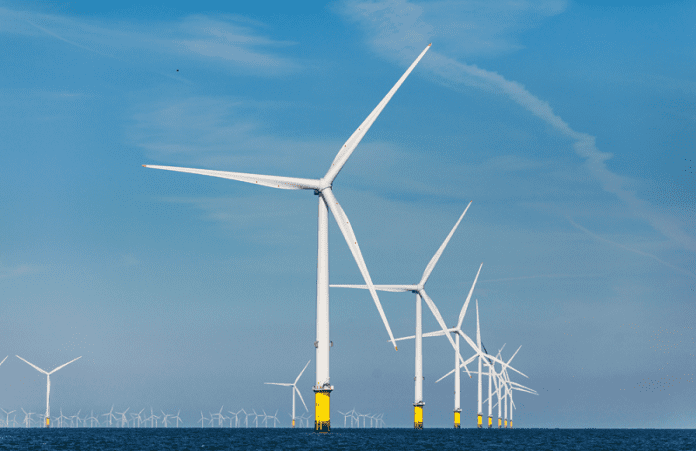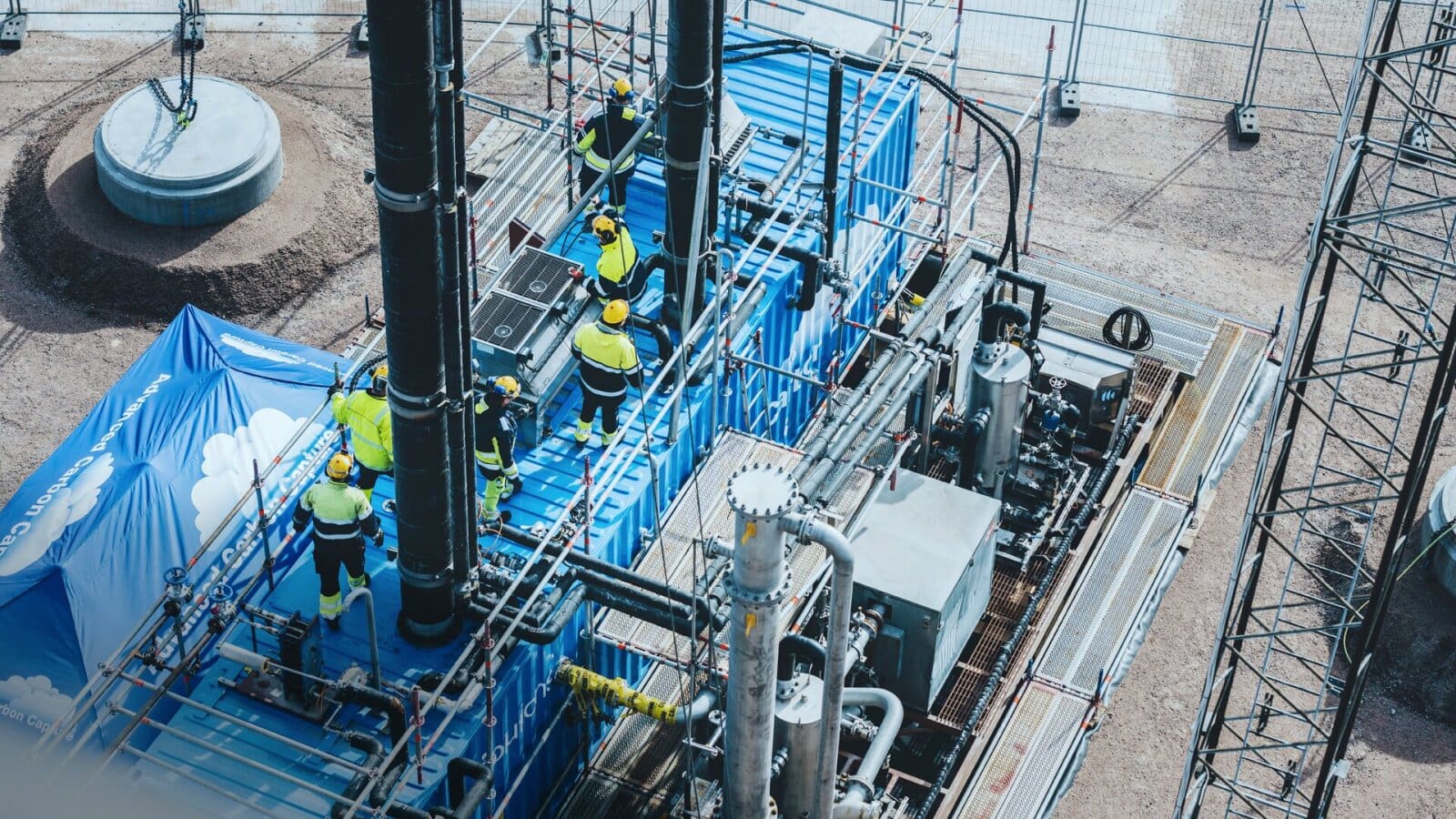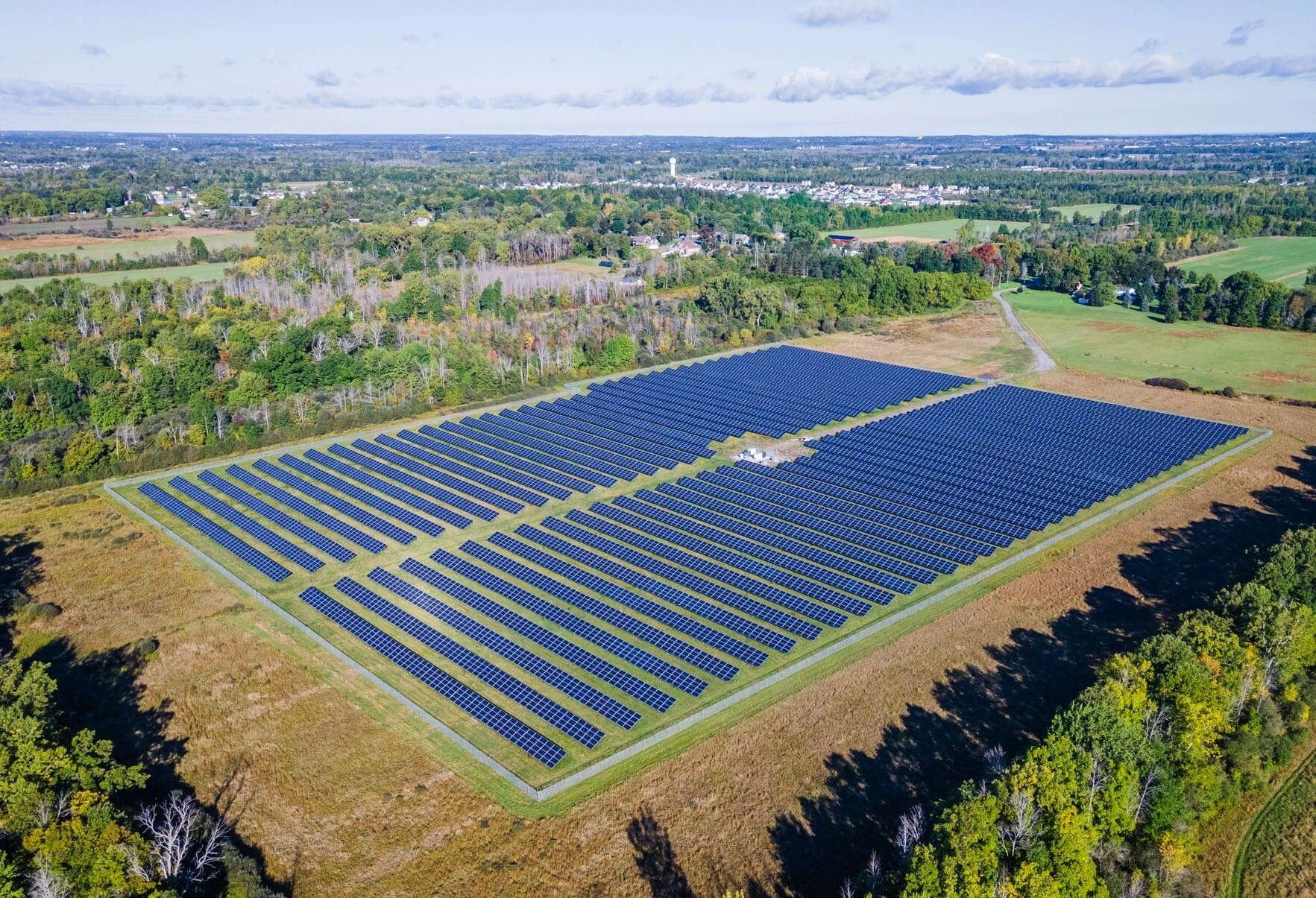
At first glance, a weary nighttime traveler may mistake a wave of flashing lights off England’s Yorkshire Coast for a skyline that rivals the best cities in the world. A closer look reveals 339 wind turbines that make up the Hornsea 1 and Hornsea 2 offshore wind farm. Each tower is roughly 623 to 650 ft. (190 to 198 m) tall. In addition to the towers, tub boats, service vessels, offshore workstations, and helicopters dot the seascape, bustling with activity on a scale that overshadows any offshore oil and gas project.
Urban expansion has evolved from mere cities, to metropolitan regions, to megalopolises. The Texas Triangle connects a seemingly endless stretch of roads and towns from Houston to Dallas to Austin to San Antonio. The Southern California Megalopolis traverses San Diego to Santa Barbara. The Northeast Megalopolis is the largest in the United States. Home to more than 50 million people, is the world’s largest megalopolis by economic output in the world, and spans from Boston to Washington DC. Offshore wind farms have compressed centuries of expansion patterns into a single decade. What began as sporadic clusters of wind turbines and nomadic offshore pilot projects have exploded into full-fledged offshore wind megapolises. Offshore wind was once seen as an economically impractical form of energy. Today, it is a cornerstone of European and United States energy policy.
The UK portion of the North Sea hosts the largest offshore wind megapolis in the world, as well as the largest individual wind farm in the world. The Dogger Bank Wind Farm lies 78 to 180 miles (125 to 290 km) off the east coast of England. Water depths along the massive 6800 sq.mi (17,600 km2) Dogger Bank range from 50 to 120 ft. (15 to 36 m), making it an ideal area for fishing and offshore wind farms. The 4.8-GW project consists of four 1.2-GW phases, with onshore construction beginning for Dogger Bank A and Dogger Bank B (the first two phases) in 2022, first power expected in summer 2023 for Dogger Bank A and summer 2024 for Dogger Bank B, commercial operations in late 2024, and full operations for Dogger Bank A, B, and C by 2026, with Dogger Bank D to follow.
Off the southwestern edge of the Dogger Bank in the North Sea lies the Hornsea Zone. Improvements to offshore wind turbine technology and associated infrastructure have allowed offshore wind projects to venture into deeper waters such as those in the Hornsea Zone. The Hornsea Zone features water depths of 98 to 131 ft., (30 to 40m), with maximum depths of 230 ft. (70 m). While Dogger Bank is still in its beginning stages, Hornsea is already progressing toward its 3rd stage. The combined size of the Dogger Bank and the Hornsea Zone could easily surpass 1500 wind turbines and 10 GW of installed capacity by 2030, which is enough to power more than 10 million homes.
Hornsea 2 Enters Service
The world’s first wind megapolis was officially born on August 31 when Ørsted, the world’s largest developer of offshore wind power and the largest energy company in Denmark, announced that Hornsea 2 became fully operational. On its own, Hornsea 2 is the largest installed windfarm in the world. It includes 165 8-MW Siemens Gamesa wind turbines for a total installed capacity of 1.32 GW. Each hollow wind blade weighs 38.6 tons (35 tonnes), while the much heavier nacelles can weigh a staggering 430 tons (390 tonnes) each. The previous title for the world’s largest offshore wind project belonged to Hornsea 1, which entered service in 2020. Before that, the world’s largest wind project was Ørsted’s Walney Extension, an 87-turbine project located in the Irish Sea which entered service in September 2018 with a total installed capacity of 659 MW.
Hornsea 1 features 174 7-MW Siemens Gamesa turbines for a total installed capacity of 1.2 GW. Hornsea 1 is located 55 miles (89 km) off the United Kingdom’s Yorkshire Coast, while Hornsea 2 is located 75 miles (120 km) off the Yorkshire Coast. Together, the 2.52 GW from Hornsea 1 and 2 generate enough power to supply 2.5 million homes. According to Ørsted, just one revolution of the wind turbine blades at Hornsea 2 can power an average UK home for 24 hours. “The UK is truly a world leader in offshore wind and the completion of Hornsea 2 is a tremendous milestone for the offshore wind industry, not just in the UK but globally,” said Duncan Clark, head of Region UK at Ørsted. “Current global events highlight more than ever the importance of landmark renewable energy projects like Hornsea 2, helping the UK increase the security and resilience of its energy supply and drive down costs for consumers by reducing dependence on expensive fossil fuels. “Not only will Hornsea 2 provide low cost, clean energy for millions of homes in the UK, it has also delivered thousands of high-quality jobs and billions of pounds of investment in the UK’s offshore wind supply chain. We look forward to working with government and industry colleagues to continue to accelerate the deployment of offshore wind for the benefit of homes and businesses across the country.”
Hornsea Zone Background

In August 2015, Ørsted acquired the Hornsea Zone rights from SMart Wind Ltd, which is a 50/50 joint venture between Mainstream Renewable Power and Siemens Project Ventures GmbH. SMart Wind was originally awarded the lease from The Crown Estate Round 3 offshore wind bid process. Construction began in 2016, and the final turbine was installed in October 2019.
Each of the 7-MW Siemens Gamesa turbines at Hornsea 1 are 623 ft. (190 m) in height and have a rotor diameter of 584 ft. (178 m). Like most offshore projects, Hornsea 1 features plenty of associated infrastructure in addition to the turbines. Hornsea 1 has up to five offshore high voltage alternating current (HVAC) collector substations, up to two high voltage direct current (HVDC) converter substations, and inter-array cables between the turbines and the substations. Hornsea 1 also features more than 559 miles (900 km) of cables that transport electricity to the UK grid, giving it the world’s longest high-voltage AC offshore wind export cable system.
The flow of electricity at Hornsea 1 includes eight basic steps. First, electricity is produced from the offshore wind turbines. From there, it passes from the inter-array cables to the offshore substation and then through offshore export cables where it makes landfall with the onshore export cables which connect to the onshore substation. From there, the electricity flows to an existing grid substation, through existing grid powerlines, and then into homes for use. Hornsea 1 included the construction of the offshore and onshore substation, plus underground cables, buildings, compounds, low-voltage electricity equipment and communication cables, roads, drainage, and landscaping. The landfall site for Hornsea 1 is at Horseshoe Point, Marshchapel, where the cable runs 24 miles (38 km) to the onshore substation at North Killingholme.
Hornsea 2 features the world’s largest offshore substation and reactive compensation station (RCS), which were installed in October 2021. The site then achieved first power in December 2021 and spent the next nine months working toward becoming fully operational. The 165 turbines at Hornsea 2 produce power which is transported through 232 miles (373 km) of array cables to the offshore substation and RCS, then to the national grid through 242 miles (390 km) of offshore cables which connect to the onshore substation at Horseshoe Point (same as Hornsea 1). From there, onshore cables travel the familiar 24-mile route to the onshore substation at North Killingholme, similar to Hornsea 1. “Climate change is one of the biggest threats facing the world today, and we believe that the solution lies in deploying renewable energy resources on a much larger scale than anything we have seen so far,” said Clark. “The UK is the global leader in offshore wind, and our Hornsea projects have helped pave the way for the next generation of offshore wind farms. Reaching this milestone on Hornsea 2 is testament to the incredible skill and commitment of everyone involved.”
Ørsted had no problem securing contracts for Hornsea 2, which includes partnerships with more than 200 UK suppliers. Ørsted estimates that it has invested US$5.18 billion in the UK supply chain and will invest another US$9.9 billion in the supply chain over the next decade. Supply chain investments are critical so that future wind projects and expansions to existing projects are economically feasible and can be completed in a timely manner.
The Hornsea Zone spans a total area of 772 sq.mi (2000 km2). Hornsea 3 received a Development Consent Order in December 2020. Hornsea 3 is expected to have an installed capacity of 2.8 GW. Including Hornsea 3, Ørsted has 11 GW of awarded capacity under development. It also has 2.2 GW under construction, 8.9 GW of offshore wind currently in operation (including 13 operational offshore wind farms in the UK which total 6.2 GW). Ørsted plans to have more than 30 GW of offshore wind capacity by 2030.
Hornsea 4 is currently going through the planning process. Hornsea 4 would be the western-most located project, just 43 miles (69 km) from the Yorkshire Coast. Ørsted is looking at a location of around 190 sq.mi (492 km2) for the project, where it believes it can host up to 180 turbines.
Hornsea’s Impact On UK Power Generation
The UK has the largest share of installed offshore wind capacity in the world. As of 2020, offshore wind accounted for 10% of UK power generation. The UK’s Offshore Wind Sector Deal aims to expand offshore capacity and supply chains to boost job growth and increase the share of offshore wind in the UK energy mix. The UK expects offshore wind installed capacity to reach 30 GW by 2030. For context, offshore wind capacity was 11.3 GW in the UK in 2021, which represented around 20% of the world’s 48.2 GW of installed capacity. Estimates call for global offshore wind installed capacity to reach 154 GW by 2030, meaning the UK is expecting to grow its installed capacity at roughly the same compound annual growth rate as the global average even though it is coming from a larger installed base.
To support these growth ambitions, the UK is allocating up to US$641 million in federal support, including up to US$288 million to build a stronger UK offshore wind supply chain. The UK expects its offshore wind exports to reach US$2.99 billion by 2030, a five-fold increase from 2020 levels. “The government recently set out a renewed approach to the energy sector as we enter a new era for low-carbon power,” said the UK Department for Business, Energy, and Industrial Strategy in its Offshore Wind Sector Deal policy paper. “We are moving toward the end of the energy trilemma, where we can decarbonize and ensure energy security whilst still bearing down on costs to consumers. Just 10 years ago, few people would have imagined that power from offshore wind could be a low-cost form of electricity. That is the reality today. Building on the 30 GW of deployment which could be delivered through this Deal by 2030, we are working in partnership toward a future where green power is the cheapest power, with the potential to be delivered without public subsidy. This promises the creation of a low-carbon, secure energy system which is not just affordable but a key driver of our modern Industrial Strategy. In the last 20 years, we have seen offshore wind grow from a nascent sector to the industrial powerhouse we see today. The Sector Deal will take it through to maturity and beyond and will keep the UK at the forefront of this vibrant 21st century industry.”
The UK estimates that deploying 30 GW of installed offshore capacity by 2030 will support the creation of 27,000 jobs. According to the UK Department for Business, Energy, and Industrial Strategy, the UK received 48% of new global offshore wind investments between 2010 and 2020. All told, the UK sees offshore wind as a major economic growth engine and a prime driver in its goal to reach net zero by 2050.
















